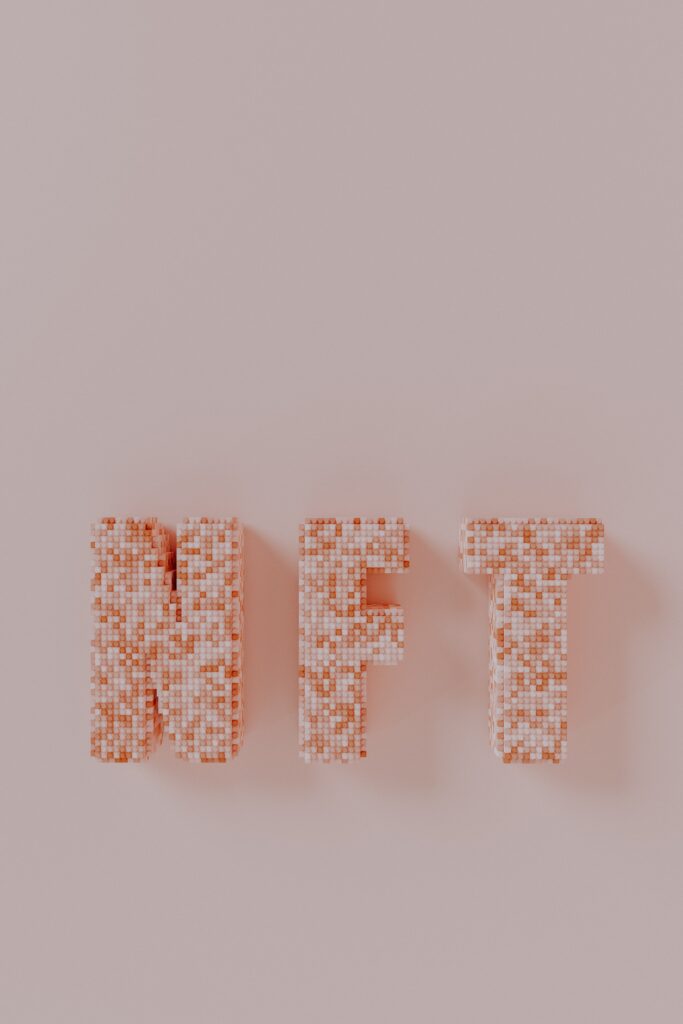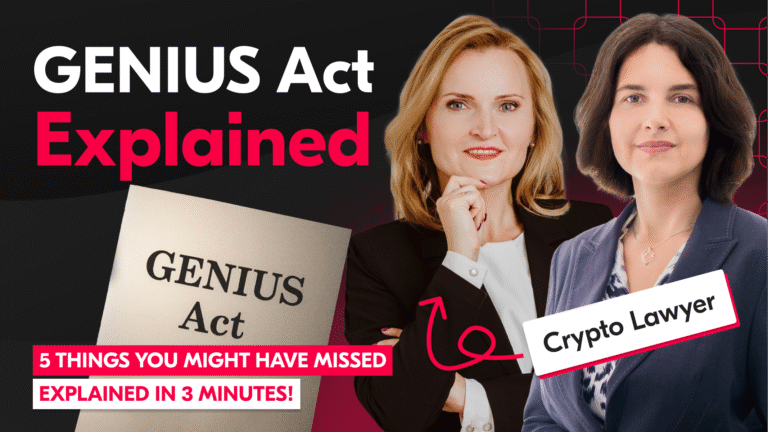Nowadays, a lot of projects are popping up within the blockchain industry, claiming to be the next big innovation that will change the world. In reality, only a minority is really disruptive. Because of the innovative character of this blockchain technology, the number of types of tokens and used cases is unlimited: tracking ownership, provenance of documents, supply chain management, insurance and so on.
In this article, I’ll introduce this high-profile concept in crypto space – tokenomics, or token economics. This new paradigm is shaking the traditional economy, but it includes many challenges. I’ll underline its key-concepts, and its main pain points to keep in mind during the creation of a new token ecosystem.
Tokens and token economics
Notion
Token economics (or tokenomics) is the study of a new type of economy that can be defined as the design of a particular ecosystem in a blockchain environment. There are as many ecosystems as startups and projects in the blockchain industry, where tokenization is a popular process. Some of these ecosystems and types of tokens are ingenious and disruptive, others are pretty dangerous and unstable.
Putting it in simple terms every ecosystem is composed of several elements, and the crypto token functions as the central element of this new type of economy. As you might know, a token is a digital asset that can belong to different categories: utility/security and fungible/non-fungible and have a limited supply or lack a maximum supply. Let’s explain what those are, as these are important terms in tokenomics.
Utility or security?
A utility token is a digital asset used to offer the access to products and/or services on a platform. And the other is a ‘security token’ – that derives its value from an external and tangible asset and offers to the token holders a wide range of rights (entitlement to a share of profits, ownership or equity in a legal entity, and so on).
The line between these two categories of tokens is thin, so it can be problematic in tokenomics, given the different regulatory frameworks applicable to these two categories The actual regulatory framework isn’t totally transparent about the criteria for qualifying a token as a security or a utility token. However, there’s still a set of guidelines that allows the blockchain entrepreneurs to create a token that aligns with their expectations as closely as possible, legally and technically. The criteria include (but are not limited to):
- the possibility of varying returns between the token holders based on their participation or use of the network
- the manual action that is required outside the network in order for the holder to get the benefit of the token
- the timing of the token sale.
Fungible or non-fungible?
Depending on the business scope of the project, a token might be fungible or non-fungible. The difference is quite easy to figure out. Fungible tokens are interchangeable and can be divided into smaller token units (example: Binance Coin). Non-fungible tokens are non-interchangeable and can’t (actually) be divided (for example, CryptoKitties. Each token represents a unique cat).
In a tokenomics analysis, the choice between a fungible or non-fungible token will entirely depend on the used case-study. Let’s take an example of a Cyber Security platform where a Cyber Analyst is rewarded for providing insights on cyber security. It wouldn’t make sense for them to receive a non-fungible token. The reward is like a paper bill. Imagine that the token is worth 10 dollars, and the reward is worth 5 dollars. The Cyber analyst won’t care about a 0.5 token, because the value is the same for him or her. Now, let’s imagine a diamond supply chain platform. Each non-fungible token is linked to one diamond. It makes sense for the buyer of a diamond to receive THE token that has his diamond as asset-back, and not a random non-fungible token.
The Ecosystem
Token-flow
Designing an ecosystem requires a careful analysis of the token-flow. When doing your tokenomics analysis, ask yourself these questions:
- What are the values that the ecosystem is trying to promote and how is the incentivization organised to adopt a determined behaviour?
- What are the sources of input (injection) and output (rewards) of tokens?
- How can we build a sustainable and stable ecosystem in the long-term?
Building your ecosystem is thinking about the future and drivers that lead the user to come, stay and interact with the platform. That’s the core of token economics! Plenty of projects have badly designed ecosystems. The system is based on a disproportionate allocation of tokens. Combined with a hard cap of tokens emitted, this can lead to the collapse of the ecosystem because there won’t be enough available tokens.
Architecture: dual or simple structure
In order to choose between a simple and a dual token architecture, you should take several criteria into account. The alignment of the interest between the users of the platform developed and the investors, cost of development (e.g. listing of tokens on the exchanges) but before all: a real raison d’etre. Tokenomics make sense only if you know what the goal of the project and the purpose of the token is. So you must design the ecosystem of the project to be suitable for a given structure. In some cases, a simple token structure will fit better with the goal pursued by the project.
Steemit is the best example of a dual-token Ecosystem. The raison d’etre of the Steem Dual Token structure is to incentivize the commitment of the community in the long-term. So, it affords a long-term growth of crypto assets rather than a short-term one.
Stabilization mechanism
It’s important to manage the threats linked to a crowdsale bonus that can have a negative impact on the token economics. Indeed, some blockchain startups are proposing high bonuses (up-to 80% bonus) to early bird investors. This can lead to various dangerous situations where a single investor can have a critical influence on the coin price stability.
Monetary policy
Token economics and crypto coins are closely linked to a predetermined monetary policy.
A monetary policy consists of measures an institution can take in order to create stability for a certain currency. For example, the central bank has three important instruments to achieve this stability:
- changing the credit policy towards other banks,
- buying or selling government bonds and foreign currencies in order to change the money supply
- and lastly changing the reserve ratio for banks.
These actions form the core strategy of stabilizing a currency.
You have to adopt the right monetary policy for each ecosystem. If an inflationary monetary policy will afford more stability in a non-profitable ecosystem (Steemit), a deflationary system will be more suitable for a profitable ecosystem. So it’s important to build a core strategy in order to maintain a safe value for the potential token holders.
Conclusion
Token economics isn’t easy. Designing your ecosystem has its pitfalls. It’s more than a threat for the future development of a project. A weak ecosystem based on a wrong business model could lead to legal issues and dramatic consequences for the token holders. I’ve seen some terrible ecosystems in my career and saved people from really bad ideas and failure-gonna-be crypto projects. So don’t hesitate to contact me here at Espeo (box down below). I’m confident that our team will build the most suitable ecosystem for your project that will help you save both crypto assets and your fiat currency.



